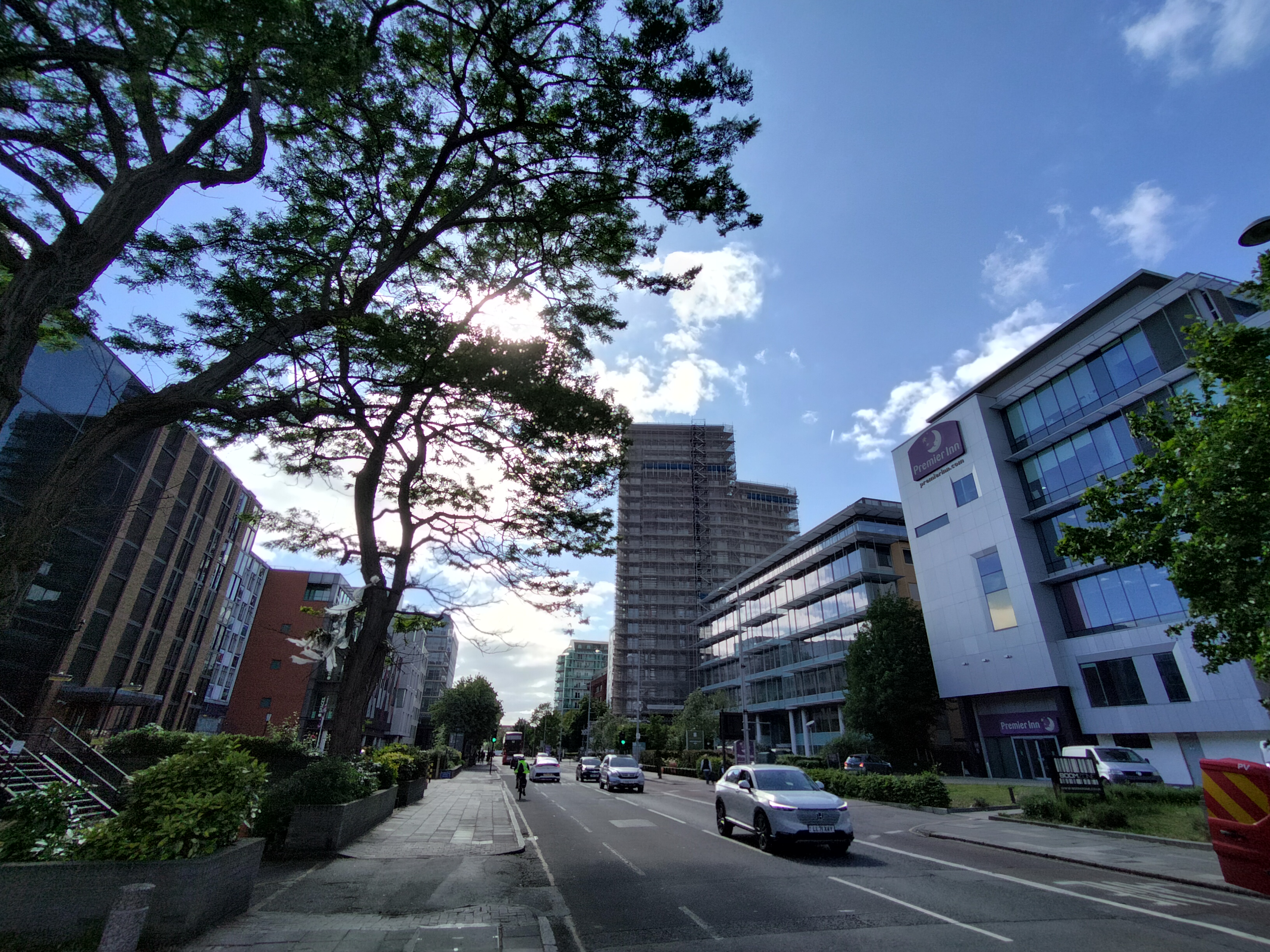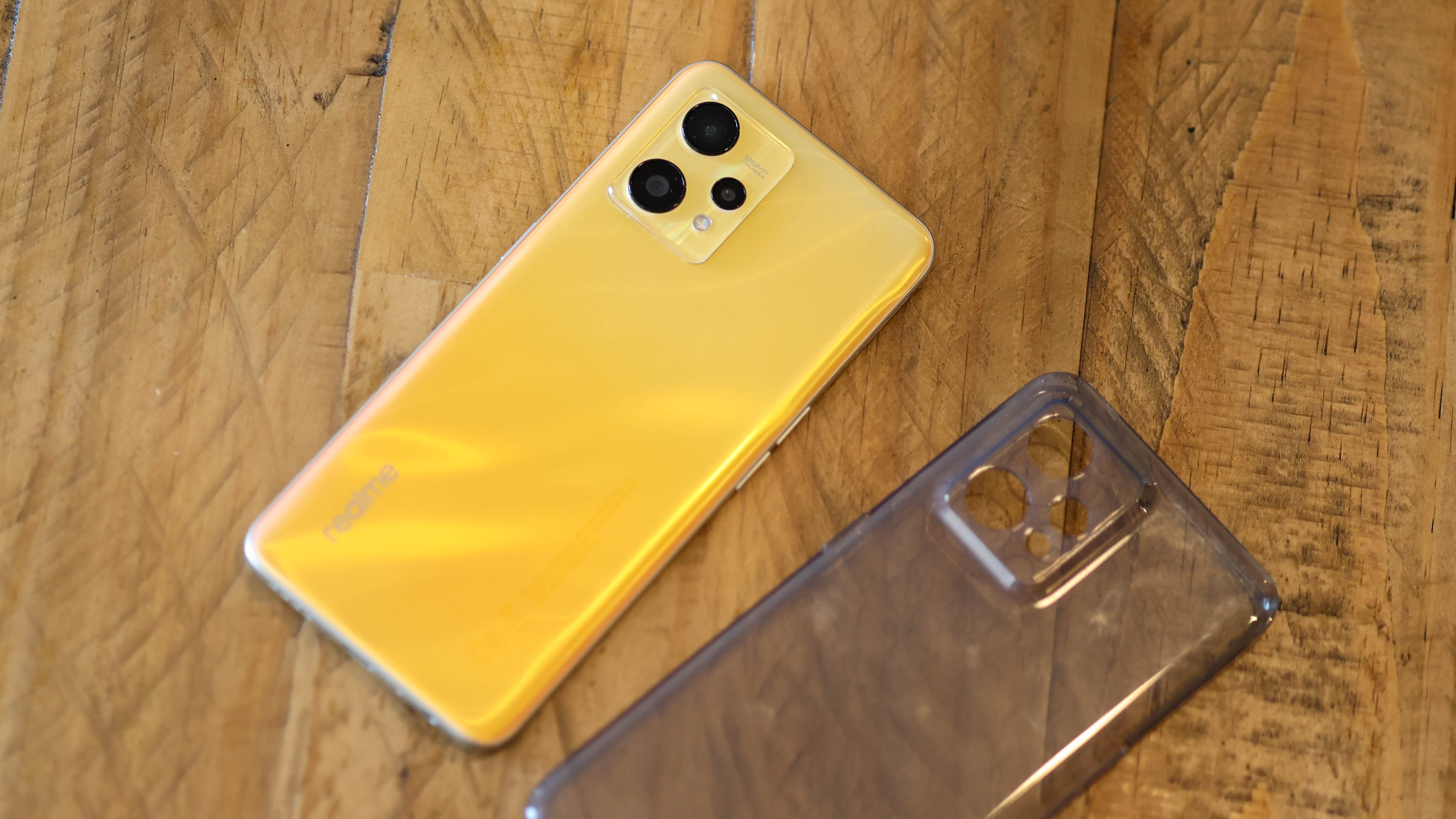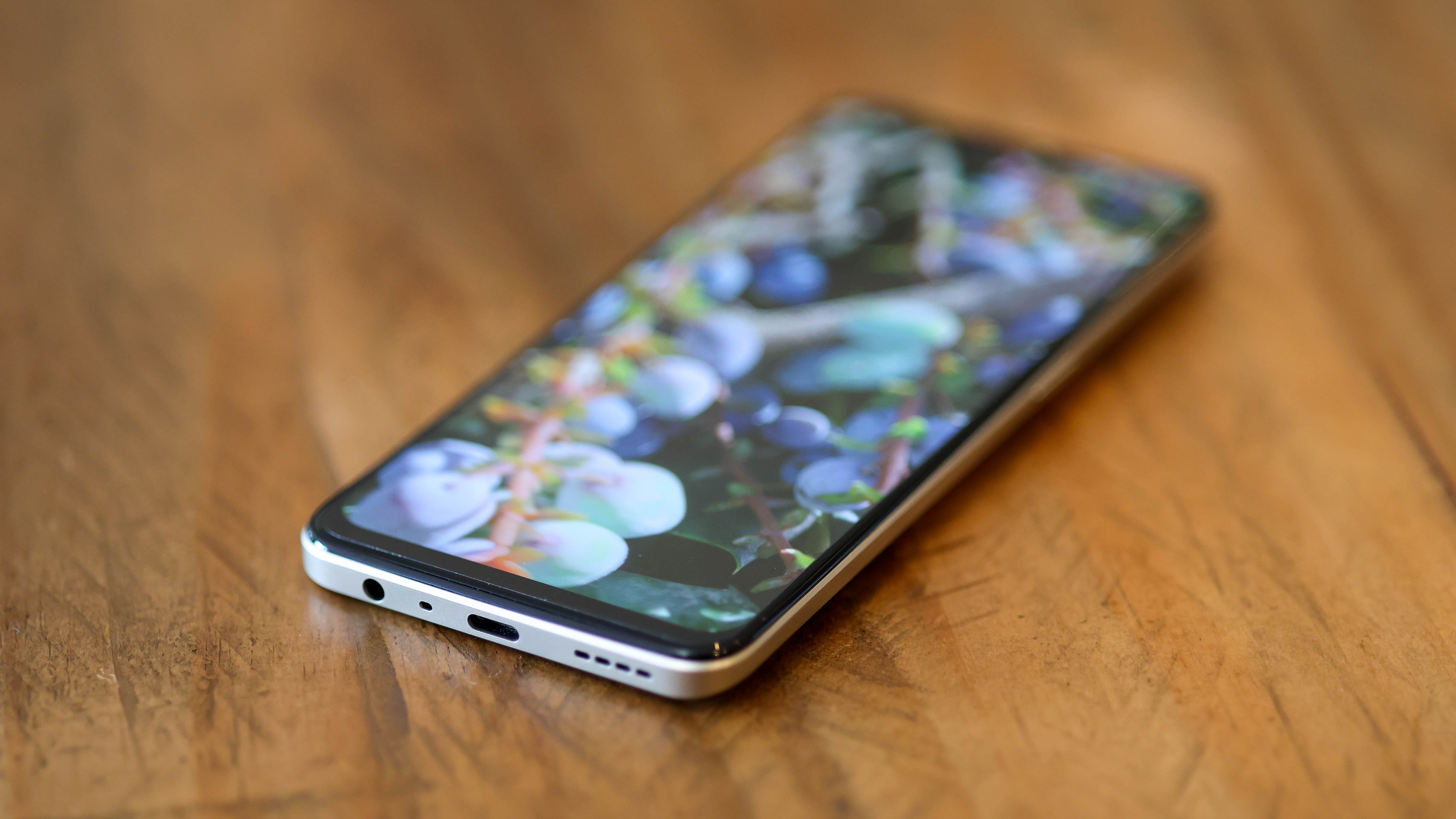Digital Camera World Verdict
Photography enthusiasts who want a reliable point-and-shoot camera should look elsewhere. The 4G Realme 9 is far too reliant on a steady hand and well-lit scenes for our liking, and the lack of 5G is also a pain point. That said, the Realme 9 will be a good phone for many with its great screen, under-display fingerprint scanner, and ample storage capacity, not to mention its excellent battery life.
Pros
- +
Smooth 90Hz screen
- +
Ample storage and RAM
- +
Brilliant battery life
Cons
- -
Poor low light cameras
- -
No 5G connectivity
- -
Weak gaming performance
Why you can trust Digital Camera World
The Realme 9 series is a bit confusing. There’s the Realme 9, a 4G phone that crams in a lot, but misses out on 5G. The Realme 9 5G is a worse phone than the Realme 9 in many respects, but it packs nippy 5G speeds and a more powerful processor. Then there’s the Realme 9 Pro, a suped-up version of the Realme 9, and the Realme 9 Pro Plus, which we tested and love. It’s a bit pricier than the rest of the line but is one of the best budget camera phones of 2022.
So, why would you go for the 4G vanilla Realme? It’s feature-packed for a budget phone. First, there’s the 90Hz AMOLED screen which gets very bright. It’s also got an in-display fingerprint scanner, loads of storage, and a dizzyingly high-resolution 108MP camera. That’s not bad given it costs £249 (roughly $310 / AUS $440).
Also read our guide to the best Android phones.
But for the same price or not much more than the Realme 9, you can pick up quite a few 5G phones, and many last-gen phones that pack much more power like the Poco F3. Does the Realme 9 have what it takes to climb to the to of our budget phone recommendations, or is it another low-cost camera phone with one too many compromises?
Also see: Best budget camera phone of 2022
Realme 9: Design and screen
The Realme 9 is a compact, good-looking phone for the price. Available in Starbust White, Meteor Black, and Sunburst Gold, it sports a wavey, sand dune-like pattern across its plastic back panel which looks novel and helps it stand out. Whether that’s a good thing or a bad thing will come down to personal taste.
Rather than glossy plastic as found on the Realme 9 Pro Plus, the Realme 9 is matte all over, and that extends to the plastic frame. Ports are straightforward – there’s a 3.5mm jack at the base and a USB-C port. A mono speaker sits alongside it, and it’s pretty tinny but loud. On the right of the phone is a power button, and there are volume buttons to the left
The best camera deals, reviews, product advice, and unmissable photography news, direct to your inbox!
One thing you don’t always see at the Realme 9’s price is an under-display fingerprint scanner. Despite reports online of some experiencing issues with this, in our time with the phone it worked well, unlocking the phone quickly and securely.
Realme also includes a semi-opaque case in the box with a dark tint – this seems higher quality than we’ve come to expect from bundled cases. The phone also ships with a 33W fast charger too and a USB-C cable.
With its ample but not over-sized 6.4-inch screen, Realme matches a comfortable size with great specs – this is a Full HD 90Hz AMOLED panel.
Climbing up to 1000 nits – as bright as an iPhone 12 mini, and delivering respectable viewing angles. Protected by both Gorilla Glass 5 and a pre-fitted screen protector, the screen is hardy, and it’s also smooth – the 90Hz, high refresh rate ensures menus glide.
Realme 9: Camera specs
The most exciting thing about the Realme 9 might be the fact it debuts Samsung’s new HM6 108MP camera sensor. This isn’t a large sensor, measuring just 1/1.67", so while fine for the price, the HM6 is actually comparable to low-cost 50MP sensors of old, rather than the massive 108MP sensor in the Samsung Galaxy S22 Ultra, for example. Matched with an f/1.75 lens and a 24mm wide-angle, the camera supports an ISO of up to 6400.
The 8 MP ultra-wide camera is powered by an OmniVision sensor and has an f/2.2 lens with a 120˚ field of view, and the 2MP fixed-focus macro camera uses a tiny GalaxyCore GC02M1 sensor (1/5"). Selfies are shot on a 16MP camera – a Sony IMX 471 with an f/2.5 lens and a 26mm focal length.
The phone’s shooting modes are typically Realme. They include Night, Street, Video, Photo, Portrait, 108MP, Pro, Pano, Ultra Macro, Film, Slo-Mo, Time-Lapse, Text Scanner, and Tilt-Shift.
Anyone looking to shoot low-cost 4K footage is out of luck. While Samsung’s camera sensor supports up to 4K video, the Realme 9’s Snapdragon 680 chip doesn’t, so the phone’s video resolution caps out at Full HD.
Realme 9: Camera performance
While photos from the Realme 9 taken in bright environments look good – even great in some daylight scenes, this isn’t the budget camera phone champ we were hoping it would be owing to its mediocre low-light performance.
In perfect settings and with a very steady hand colors are vibrant, skin tones warm, and detail is fair. While dynamic range isn’t exceptional, for the price, Realme’s processing does a decent job of pulling detail out of shadows, but the camera just can’t cope with challenging lighting.
Artificial lighting isn’t handled brilliantly, with the Realme 9 struggling with skin tones in fluorescent-lit scenes, especially from the selfie camera, which was our biggest disappointment with its grainy shots in all environments other than daylight. Where possible, we’d suggest using the main camera in dim scenes, even for selfies as it’s the strongest performer on the phone, but all cameras fall apart when the lights drop when shooting in auto mode.


The Realme 9’s night mode is effective at eking out passable shots across the wide, ultra-wide, and selfie camera provided you’ve got the phone steadied either in-hand or on a surface. If you’re confident, you can get even more out of the camera by firing up a long exposure in Pro mode. That said, if you want a great point and shoot on a budget, we’d suggest saving some extra cash and going for the Realme 9 Pro Plus.




Realme 9: Additional specs
Powered by a Qualcomm Snapdragon 680, the Realme 9 isn’t powerful, and you can get more for the price with phones like Poco’s X4 Pro and even last year’s Realme 8 Pro, which is significantly cheaper despite packing more oomph. Menus are smooth for the most part, as is multi-tasking across basic apps. Gamers should look elsewhere if they want a budget button basher.
The Realme 9’s storage and RAM specs are standout for the price. With 8GB RAM and 5GB dynamic RAM (which uses storage as RAM), you can boost the RAM to 13GB total, which should help with multitasking. The Realme 9 also packs 128GB storage, and an SD card slot that can bump this up by an additional 256GB.
If you live in a 5G area, you’ll also have to factor in the lack of future-proofing a new 4G phone means. Tethering to a computer will be slower, as will downloads and web browsing in general.
Ending on a high, and the humble power the Realme 9 packs means its humble internals place minimal strain on the battery. Thanks to its massive 5000mAh cell, you should be able to get two days out of it with moderate use.
With 33W fast charging, the Realme 9 charges in around 90 minutes, which is respectable in the phone’s price bracket.
Realme 9 4G: verdict
The Realme 9 is an all-around good phone rather than a stellar camera phone. Its battery makes it a winner for anyone who doesn’t charge nightly, and its compact frame and stellar screen (for the price) help it stand out for movie watchers and casual smartphone users.
Unfortunately, its cameras’ low-light performance holds the Realme 9 back from excelling and capping out at Full HD, its video doesn’t fare any better either.
So while there’s plenty going for the Realme 9, camera enthusiasts, in particular, should save their pennies and check out the competition – or opt for a Realme 9 Pro Plus, a champion camera phone in its class.
• The best camera phones you can buy today
• The best phablets
• Which is the best iPhone for photography?
• The best gimbals
• Best phone cases
Basil Kronfli is a freelance technology journalist, consultant, and content creator. He trained in graphic design and started his career at Canon Europe before moving into journalism. Basil is also experienced in video production, independently running the YouTube channel TechEdit, and during his time at Future, he worked alongside the Digital Camera World team as a senior video producer.










